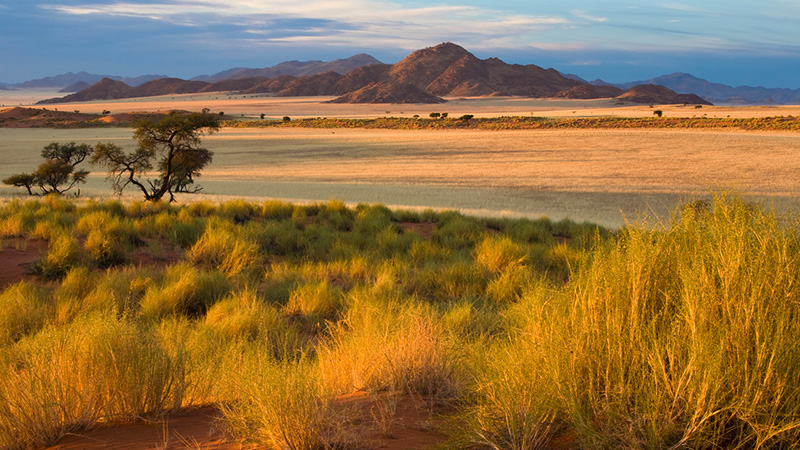Navigation auf uzh.ch
Navigation auf uzh.ch
When a plant community is exposed to drought, the different species undergo evolutionary changes. An international study with GIUZ participation now shows that this leads to improved resilience to future drought stress over time.

The exposure to drought during previous generations in the field increases complementarity between offspring of different grassland species and thus makes them more resilient to subsequent drought. An international research team has revealed this transgenerational effect with about 1,000 experimental plant communities in pots. The results suggest that if past extreme climatic events do not completely wipe out species, they may enhance the sustainability of biodiversity and ecosystem functioning in a future with more frequent extreme events.
The research team exposed experimental grassland communities to eight recurrent yearly droughts or ambient conditions in a large grassland biodiversity experiment in Jena, Germany. The seed offspring of 12 species were then grown individually, in monocultures, or in two-species mixtures and subjected to a subsequent drought event in a glasshouse at the University of Zurich, Switzerland.
Offspring from plants with drought-exposure history recovered faster from the subsequent drought than those from plants without such a history; however, this was only evident when plants were grown in mixtures but not in monocultures. “These findings suggest that, in diverse plant communities, species over time can evolve better cooperation, thus increasing the stability of an ecosystem to disturbance from outside. This has important implications for biodiversity conservation under global climate-change scenarios,” says Professor Bernhard Schmid of the University of Zurich, senior author of the current publication in Nature Communications. “Conserving biodiversity can improve the adaptation of plant communities to extreme events. This adaptation is only possible if species co-experienced the past events and also face the future events together, not alone.”
The team further explored the reasons why drought-exposure history improved the recovery of mixtures from the subsequent drought. They found that offspring from plants with drought-exposure history showed a higher complementarity between species during the recovery phase than those from plants without such a history. “Species complementarity means that species limit themselves more than they limit others. It is a crucial mechanism for maintaining biodiversity and buffering the impacts of climate change on ecosystem functioning,” explains Dr. Yuxin Chen, a former postdoc at the University of Zurich, now associate professor at Xiamen University in China and the first author of the current publication. “This transgenerational reinforcement of species complementarity may help mixed communities to sustain their biodiversity and ecosystem functioning in a future with more frequent extreme climatic events.”
Yuxin Chen, Anja Vogel, Cameron Wagg, Tianyang Xu, Maitane Iturrate-Garcia, Michael Scherer-Lorenzen, Alexandra Weigelt, Nico Eisenhauer, Bernhard Schmid. Drought-exposure history increases complementarity between plant species in response to a subsequent drought. June 9, 2022. Nature Communications. Doi: 10.1038/s41467-022-30954-9
News Release, University of Zurich